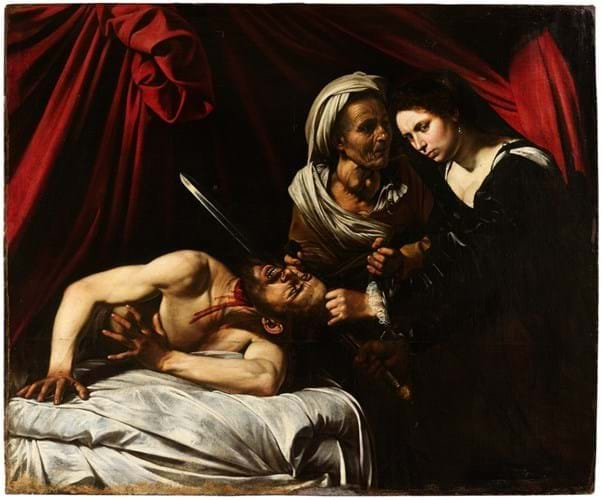The sale was announced last night (June 25) but the buyer has not been named and a statement from the auction house said it has been “sold privately to a foreign buyer”. It will now be leaving France.
The painting was discovered in 2014 by auctioneer Marc Labarbe in the attic of a house in Toulouse where it had been for 150 years. The picture, Judith and Holofernes, had been due to be auctioned at Hôtel des ventes Saint Aubin in Toulouse on June 27 and was estimated at between £90m-140m (€100=150m).
“Grand event”
Marc Labarbe, auctioneer in Toulouse, said: “We had everything organized to make the auction a grand event open to the public but our responsibility is to accept the decision of the sellers, our clients.
“We thank them for the trust they placed in us over these past five years and the support they gave to the research undertaken by our teams.”
Cabinet Turquin's Eric Turquin, the Old Master paintings specialist who helped research and authenticate the work, said: “We received an offer that could not be ignored and which we communicated to the owners of the painting. The fact that the offer came from someone close to an important museum convinced the sellersto accept.”
The painting was exhibited in Milan, London, Paris, New York and Toulouse ahead of the sale this year and more than 20,000 people came to view it.
The attribution to Caravaggio (1571-1610), has been supported by some but not all art historians.
The picture was deemed a national treasure in France in 2016 and had an export ban placed on it by the French government which expired last December allowing it to be exported out of France. This followed the Louvre Museum deciding not to buy it.
Another earlier version of Judith and Holofernes was painted by the artist in c.1600 – a picture now in Galleria Nazionale d’Arte Antica at the Barberini Palace in Rome.
The ‘Toulouse Caravaggio’ is believed to be a second version of this same subject but with important differences.






